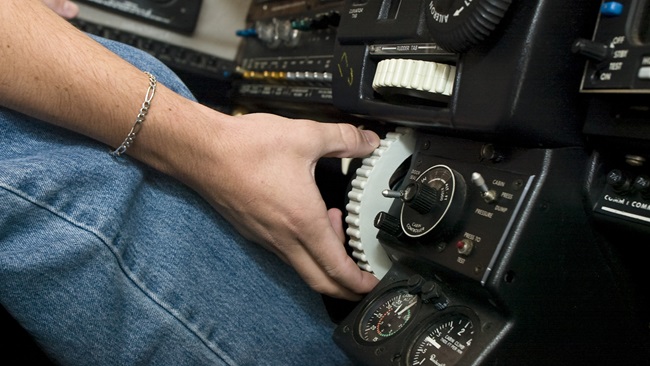Cirrus Vision Jet certified with Garmin Autoland
Cirrus becomes third GA manufacturer to incorporate emergency system
The Cirrus SF50 Vision Jet became the third general aviation aircraft model to be certified with a Garmin International Inc. automatic landing system that allows the jet to land itself safely in the event of pilot incapacitation.
FAA certification of the Safe Return autoland technology was announced shortly after the Minnesota- and Tennessee-based airplane manufacturer delivered the 200th whole-airplane parachute-equipped V-tail jet.
Cirrus Aircraft Chief Executive Officer Zean Nielsen said the Safe Return system makes “personal aviation more accessible” while “taking the next step towards autonomous flight.”
The Cirrus certification followed shortly behind a similar setup installed in the Daher TBM 940 single-engine pressurized turboprop, which in July became the second aircraft equipped with Garmin Autoland. Daher Aircraft Division Senior Vice President Nicolas Chabbert called the HomeSafe automatic landing system “a game-changing step that expands flight safety.”
In May, Piper Aircraft’s M600/SLS became the first GA airplane ever certified with an automatic landing system, which the company calls HALO. AOPA Editor in Chief Tom Haines was impressed with the Garmin Autonomi technology when he flew a Piper M600 single-engine pressurized turboprop outfitted with the lifesaving technology and witnessed a hands-off landing demonstration.
When activated, the system steers an airplane to the nearest suitable airport while squawking 7700 on the transponder, briefs passengers through multifunction displays, makes radio calls, times the flare based on available weather and runway data, brings the aircraft to a stop, and shuts down the engine—all without human intervention.
Garmin previously noted that versions of the automatic landing safety system technology are in development for other GA aircraft models.




